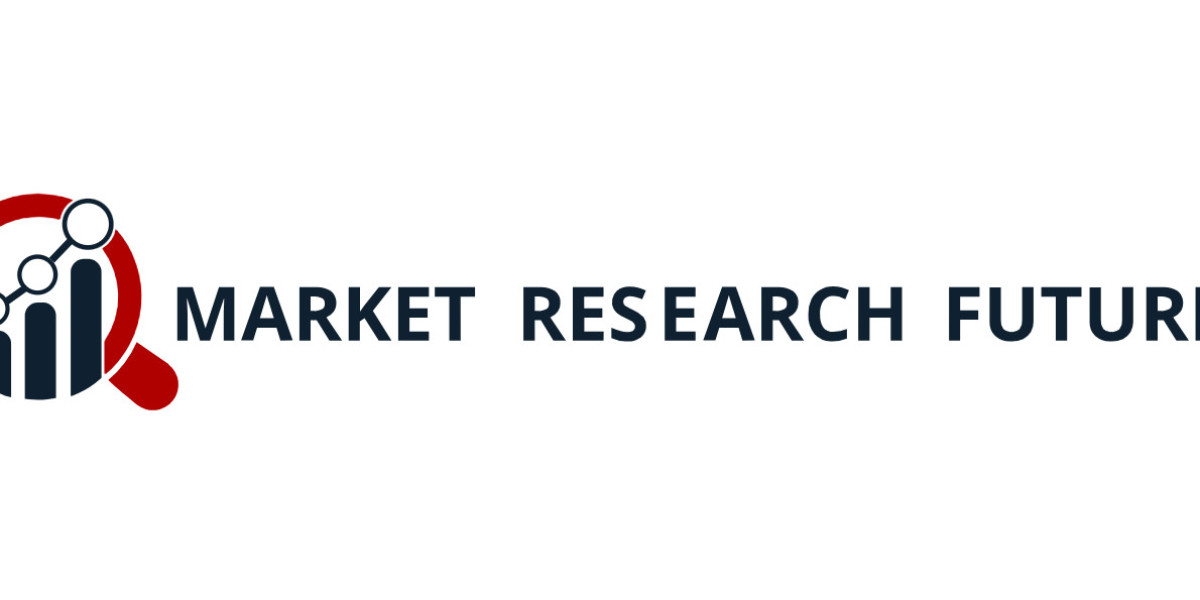Calciphylaxis, also known as calcific uremic arteriolopathy (CUA), is a devastating and poorly understood condition characterized by the painful calcification of small blood vessels in the skin and fatty tissues, leading to a lack of blood flow, ulcers, and necrosis. It most commonly affects patients with end-stage renal disease but can also occur in individuals with normal kidney function. Because of its rarity, it has been challenging for researchers to gather enough data to draw meaningful conclusions about its risk factors, pathogenesis, and optimal treatment. Recognizing this, German clinicians and researchers took a leading role in establishing a nationwide registry to systematically collect information on every confirmed case. This centralized database has become a foundational resource, allowing for large-scale observational studies that would be impossible to conduct at a single institution.
The success of the German registry has established a blueprint for international collaboration. By standardizing data collection protocols and creating a centralized platform, the registry has demonstrated how to overcome the fragmentation that often hinders research on rare diseases. This model has directly contributed to the formation of the European Calciphylaxis Network (EuCalNet), a collaborative effort between researchers in Germany, the UK, and other European countries. The goal of EuCalNet is to expand the data pool and accelerate research by pooling resources and expertise across borders. The network's work includes not only clinical data but also biobanking of tissue and blood samples, which are essential for delving deeper into the disease's underlying mechanisms at a molecular level.
This collaborative approach is a powerful tool in the fight against a disease with such a high mortality rate. By analyzing a larger cohort of patients, researchers can identify subtle patterns and risk factors that might be missed in smaller studies. This work is not just academic; it is directly impacting patient care by providing evidence to inform clinical guidelines and therapeutic strategies. The insights gathered are pivotal for the market and are detailed further in the Germany Calciphylaxis Market Report. As Germany continues to lead this network, it solidifies its position as a global leader in calciphylaxis research, providing hope for improved diagnosis, treatment, and, ultimately, outcomes for patients worldwide.








